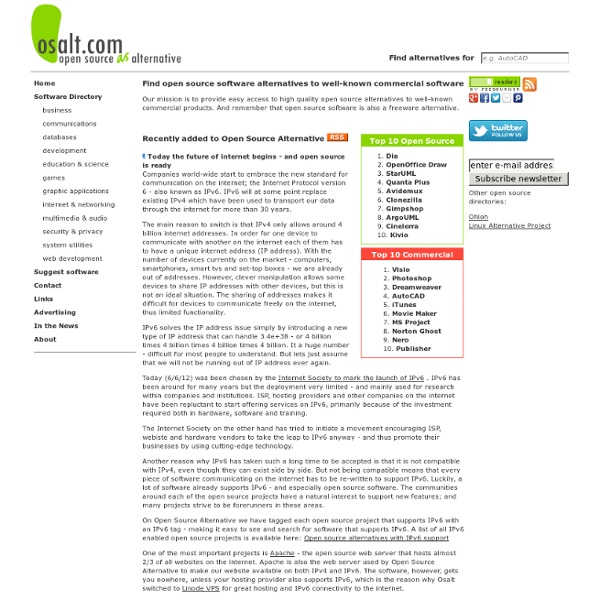



Free Computer, Programming, Mathematics, Technical Books, Lecture Notes and Tutorials As Technology Gets Better, Will Society Get Worse? - The New Yorker Imagine that two people are carving a six-foot slab of wood at the same time. One is using a hand-chisel, the other, a chainsaw. If you are interested in the future of that slab, whom would you watch? This chainsaw/chisel logic has led some to suggest that technological evolution is more important to humanity’s near future than biological evolution; nowadays, it is not the biological chisel but the technological chainsaw that is most quickly redefining what it means to be human. The devices we use change the way we live much faster than any contest among genes. Assuming that we really are evolving as we wear or inhabit more technological prosthetics—like ever-smarter phones, helpful glasses, and brainy cars—here’s the big question: Will that type of evolution take us in desirable directions, as we usually assume biological evolution does? Some, like the Wired founder Kevin Kelly, believe that the answer is a resounding “yes.” But, in the main, the Oji-Cree story is not a happy one.
Stanford researchers outsmart captcha codes (PhysOrg.com) -- Stanford researchers say that captcha security codes, asking Internet sign-up users to repeat a string of letters to prove the users are human, can be thwarted, and they have successfully defeated captcha at big name sites such as Visa, CNN, and eBay as proof. In fact, they found that thirteen out of 15 high-profile sites were vulnerable to automated attacks. Captcha stands for Completely Automated Public Turing Test to tell Computers and Humans Apart. This is a test that a Carnegie Mellon University computer science graduate student and his advisor created in 2000 as a security tool to safeguard web sites from automated bot attacks and spammers. Simply put, the test was supposed to be passable by humans, not machines. The researchers Elie Bursztein, a postdoctoral researcher at the Stanford Security Laboratory, Matthieu Martin, and John C. “As we substantiate by thorough study, many popular websites still rely on schemes that are vulnerable to automated attacks.
Stallman: Did I say Jobs was evil? I meant really evil High performance access to file storage According to the bearded firebrand, the important thing to remember about Jobs is how he directed those who are still alive: the billionaire iPhone baron told Apple staff to "make general purpose computers with digital handcuffs more controlling and unjust than ever before". "He designed them to refuse even to let users install their own choice of applications — and installing free (freedom-respecting) applications is entirely forbidden," wrote Stallman. "He even tried to make it illegal to install software not approved by Apple." In Stallman's opinion, Jobs' achievement of making his computers smooth and pleasurable only masked their true nature: Jobs saw how to make these computers stylish and smooth. And responsibility for one of technology's greatest challenges lies at Steve's feet: the ongoing patent wars, a situation that Stallman sees as a by-product of Jobs' rage towards Android. We look forward to more Bootnote
Technology | Think on That! The E-PARASITE Act Just a few ways the E-PARASITE Act could disfigure the Internet – Yahoo! News. Over the last few months, the federal government has... Read More Pork without a pig? Pork without a pig? Germany hits new green-power milestone – Where does the U.S. stand? Germany hits new green-power milestone – CSMonitor.com. 3D Printing Now Lets Us Manufacture Blood Vessels, Organs, Cloth 3D Printing Now Lets Us Manufacture Blood Vessels, Organs, Cloth Until recently, 3D printers were slow, expensive and somewhat limited to... Uncanny Valley: Will we ever learn to live with artificial humans? Uncanny Valley: Will we ever learn to live with artificial humans? Japan plans floating wind farm near nuclear plant AFP: Japan plans floating wind farm near nuclear plant.
Slashdot: News for nerds, stuff that matters